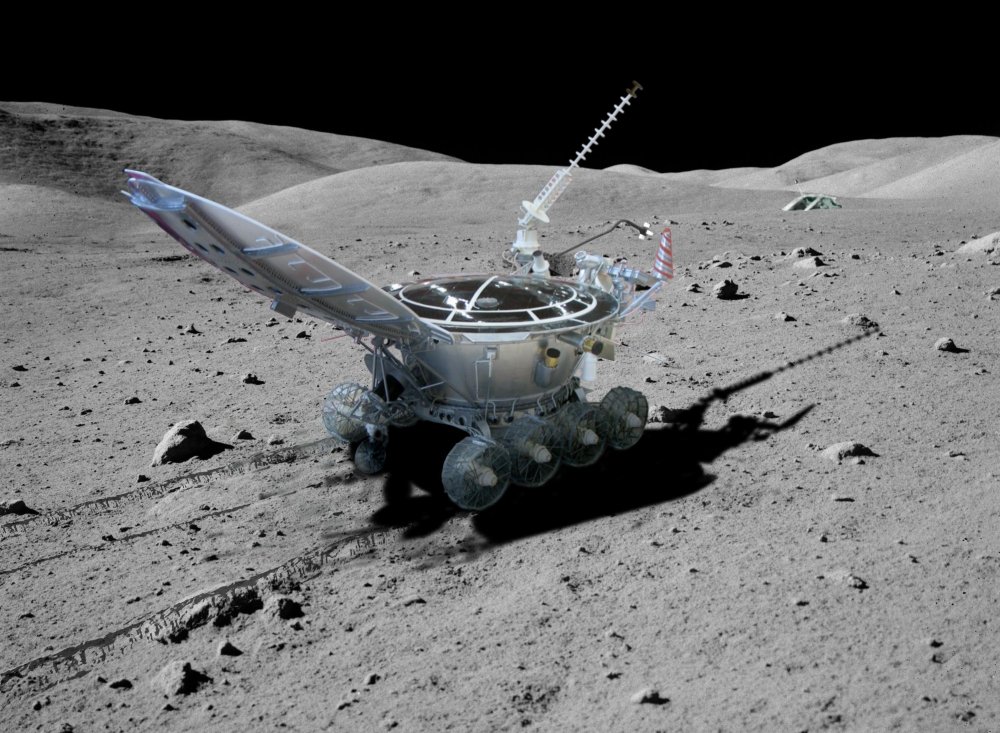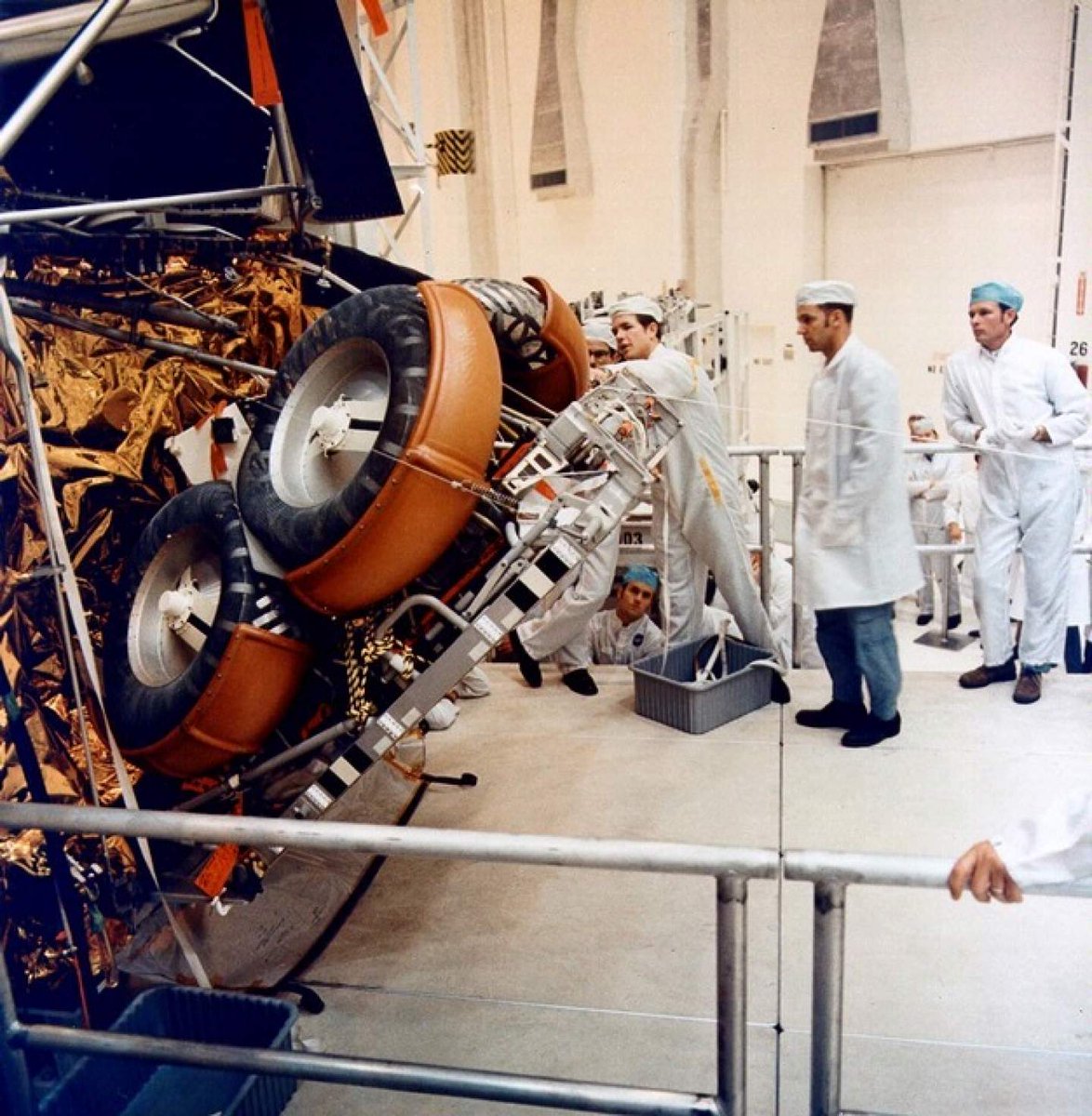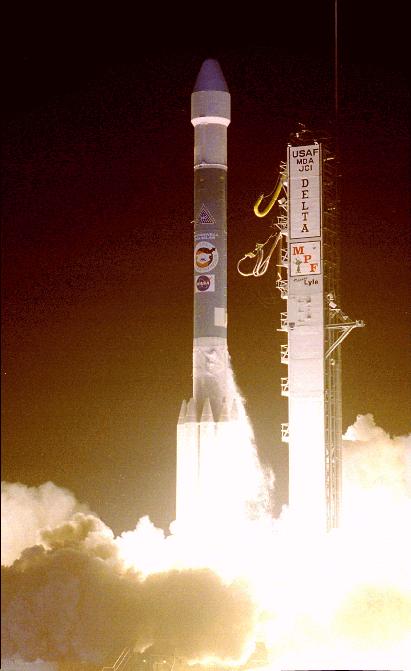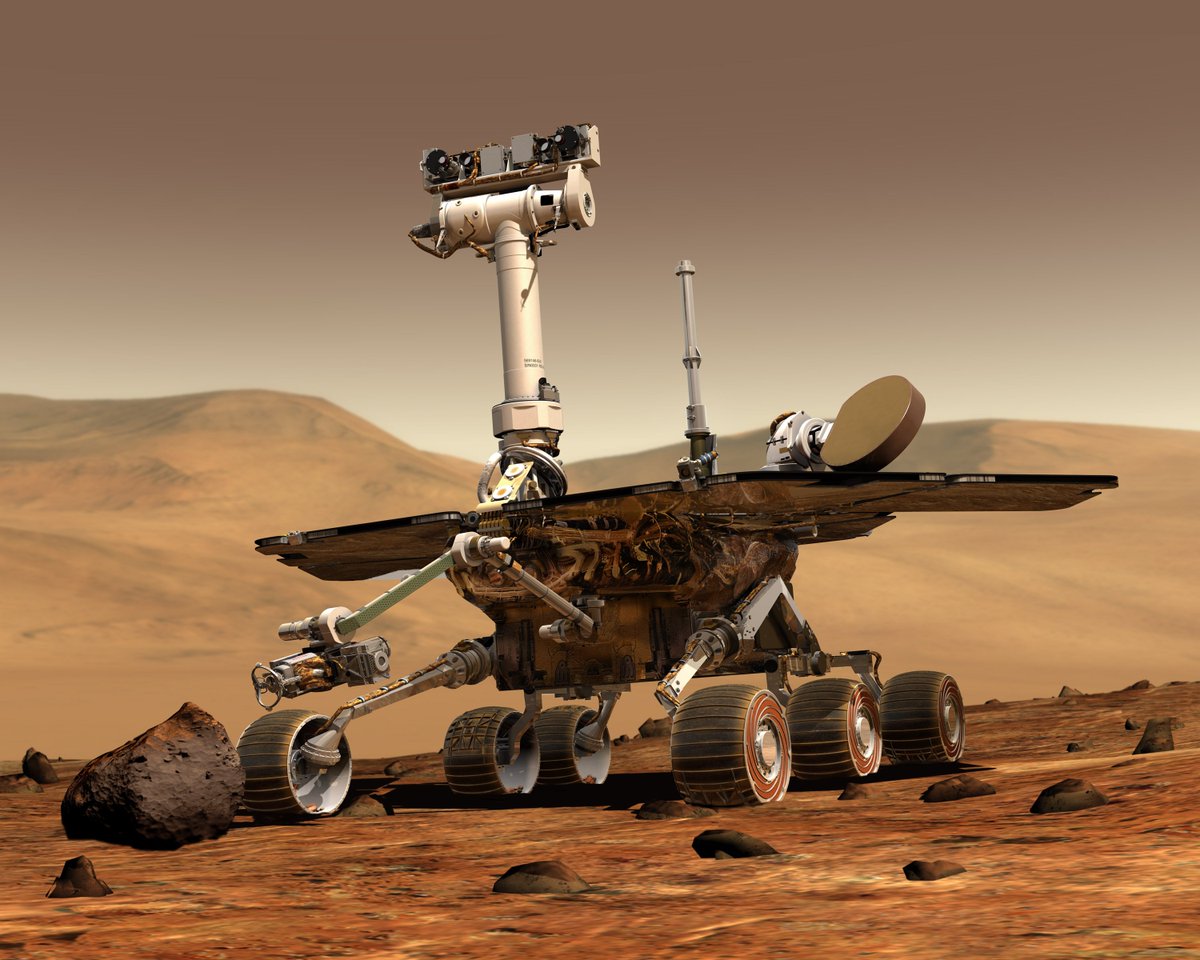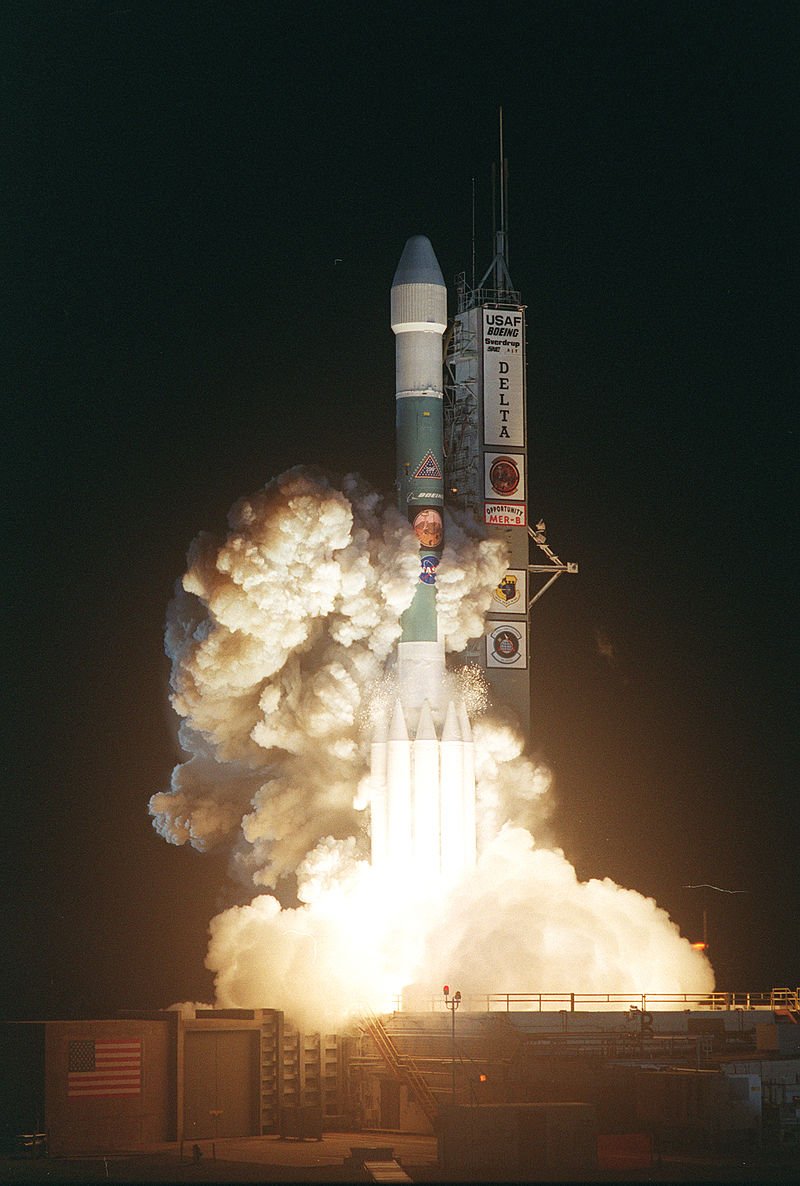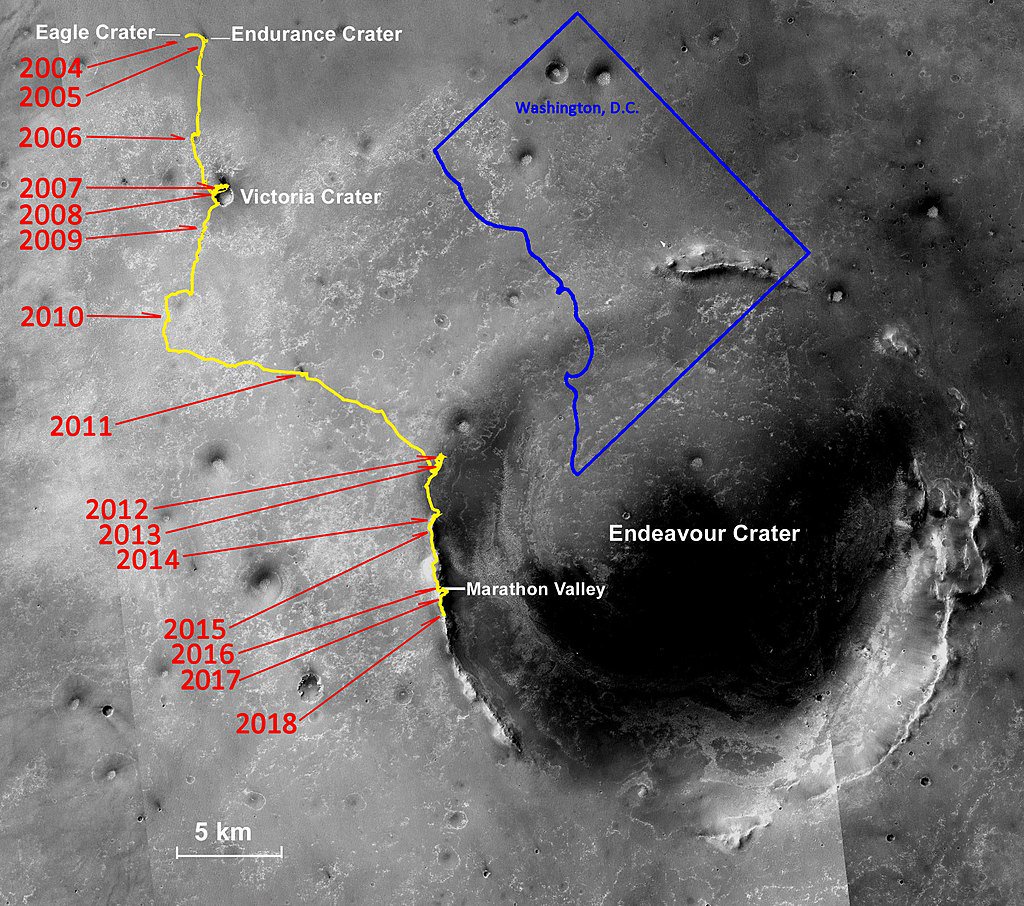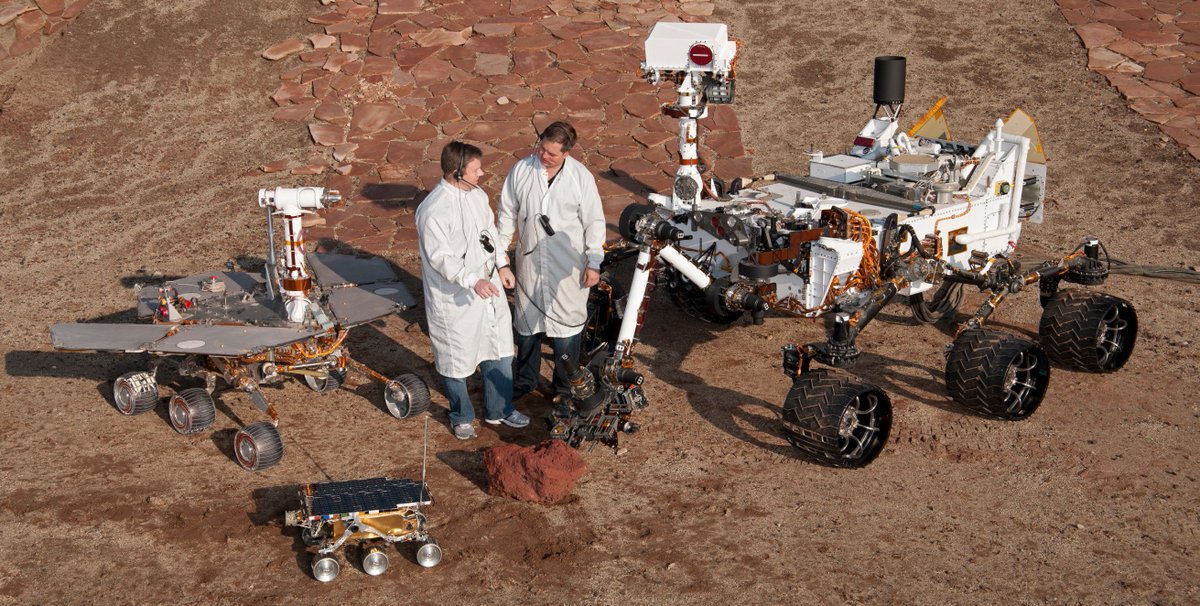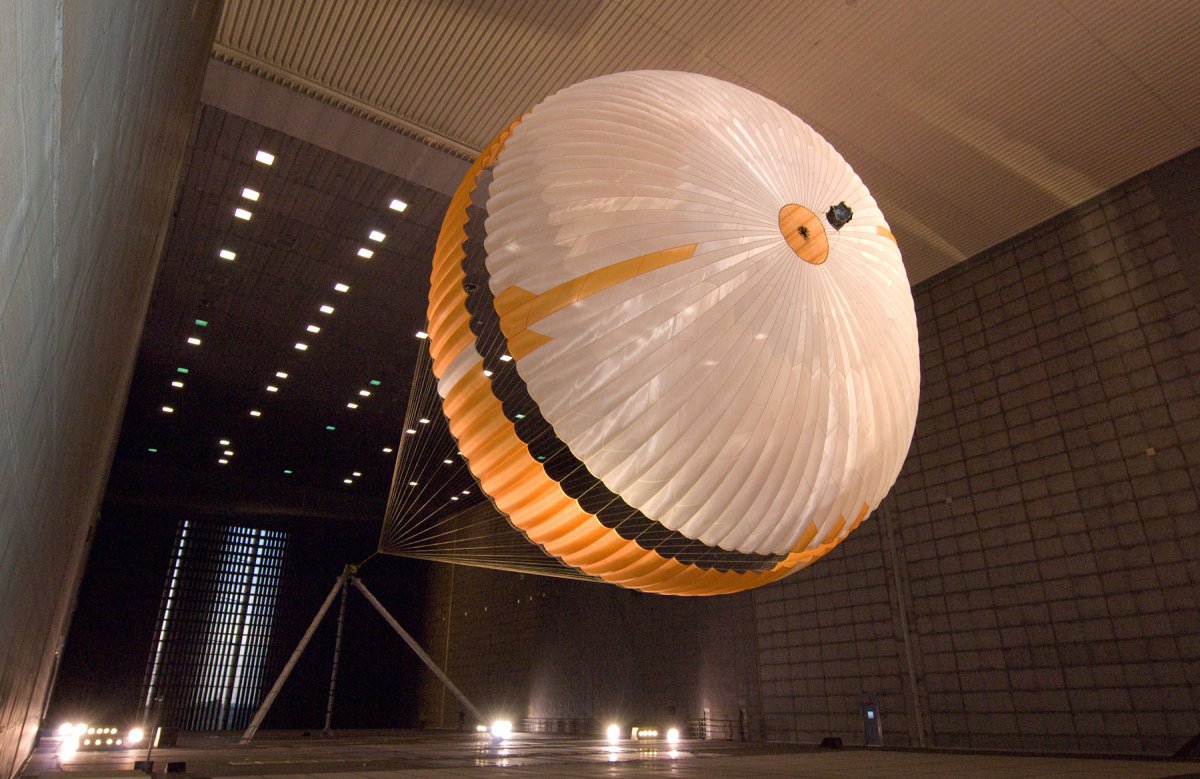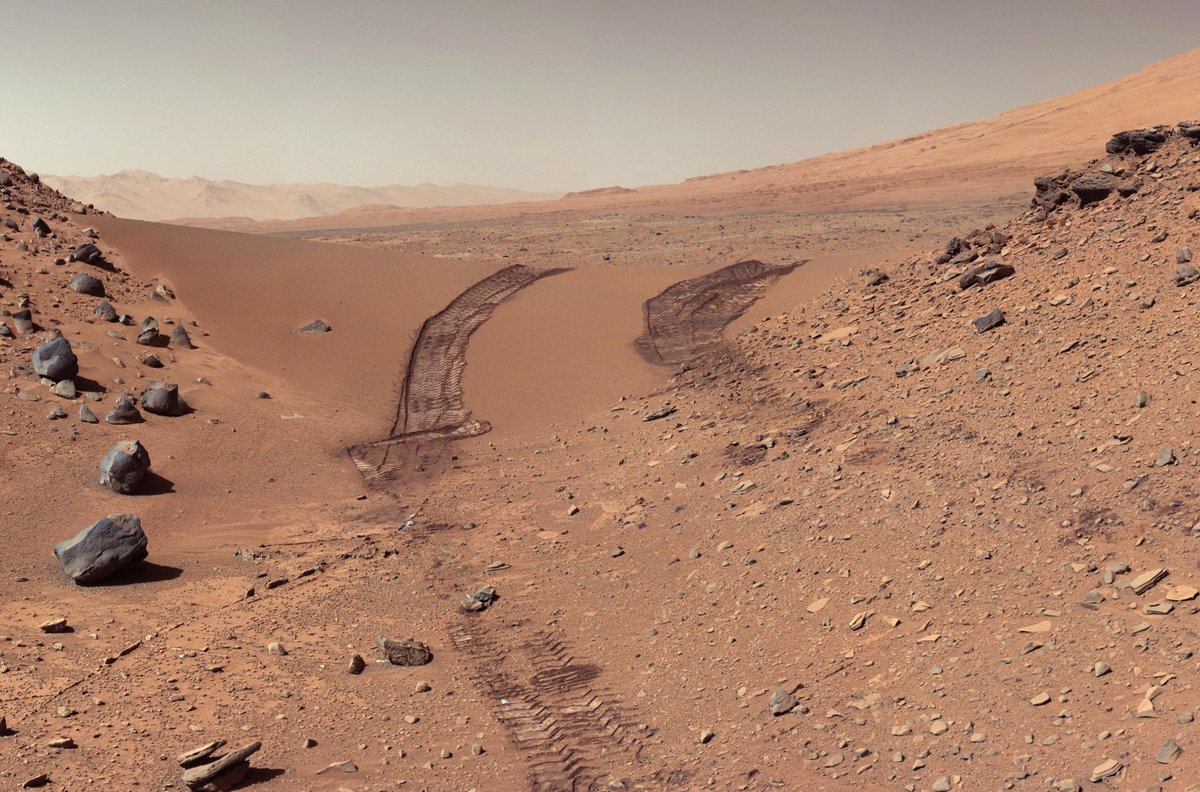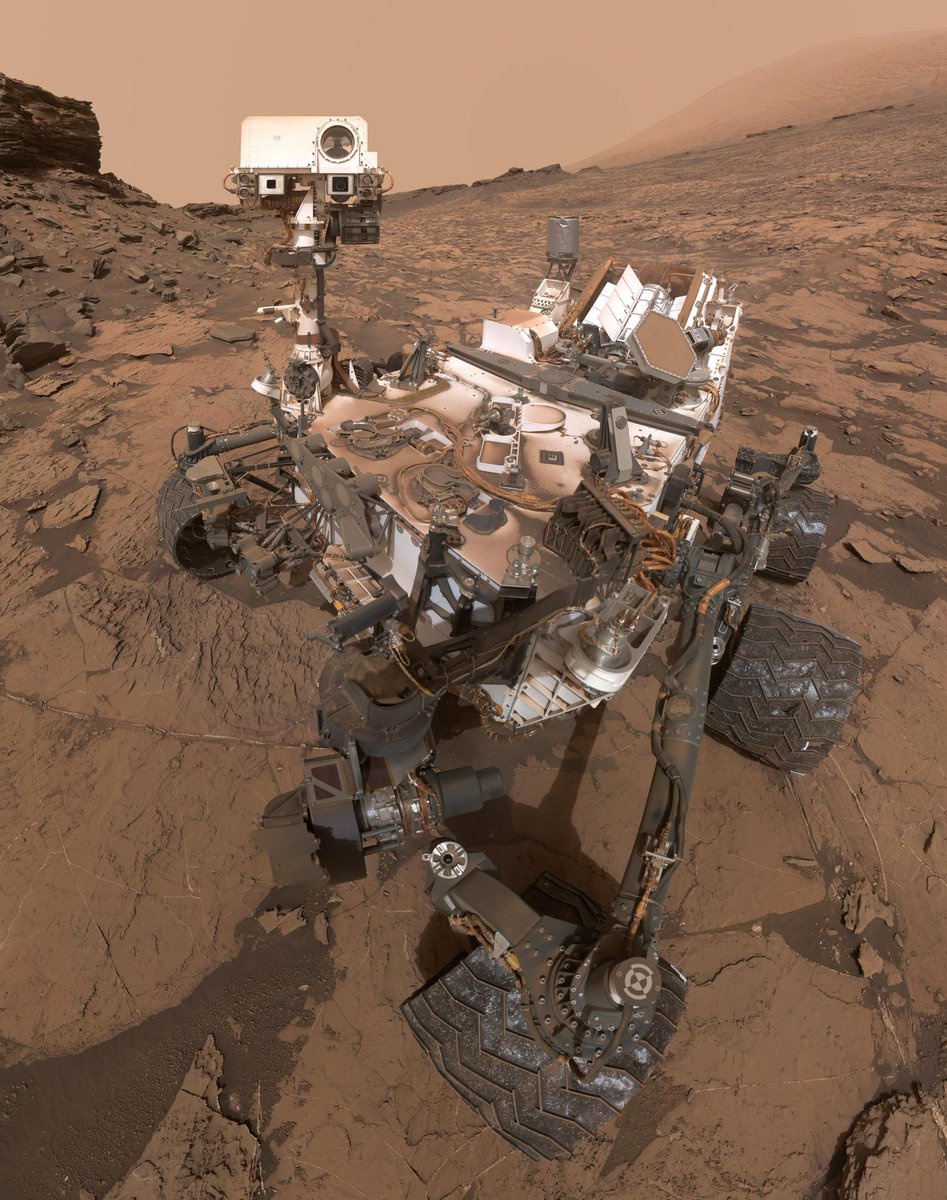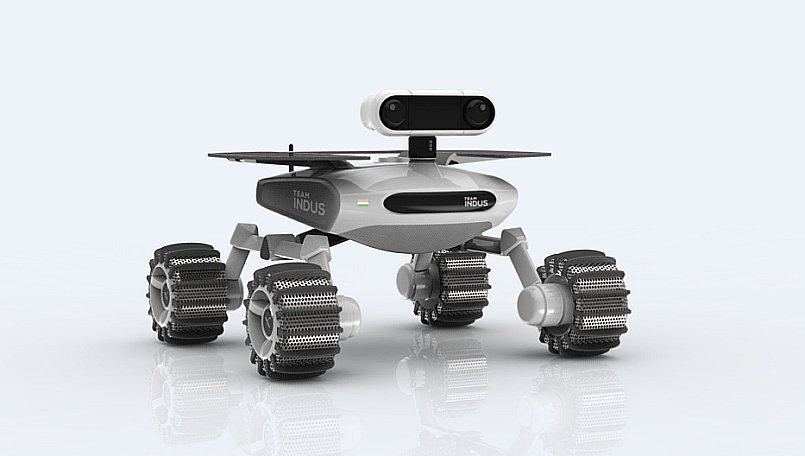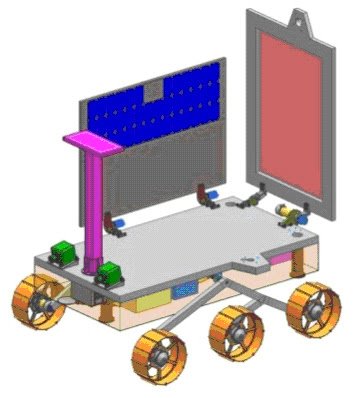In Dec 1993, Lunokhod 2 and the Luna 21 lander were sold by Lavochkin at Sotheby's. @richardGarriott stated in 2001 "I purchased Lunakod 21 from the Russians. I am now the world's only private owner of an object on a foreign celestial body”.
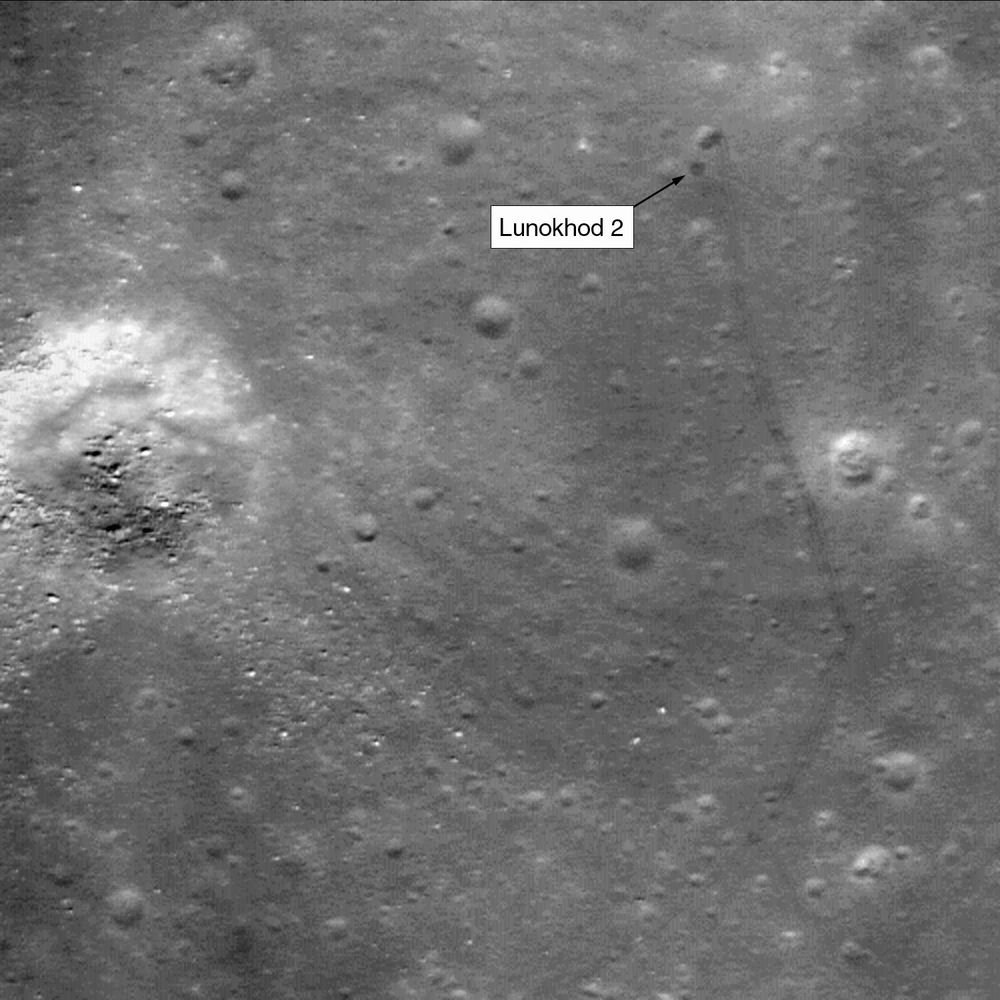
Thought lost, this early prototype rover turned up in a scrapyard in Huntsville, Alabama in 2016. It was then passed to @RRauction for sale.
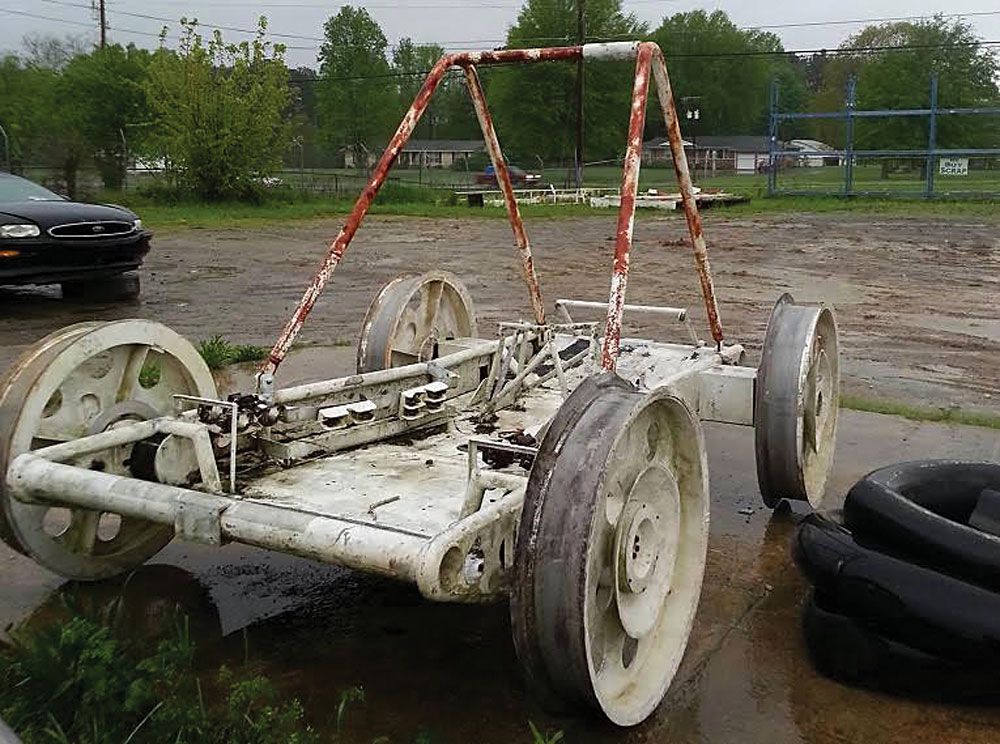
Young, Cernan, Haise, Duke, England, Fullerton and Peterson (L to R) inspecting the Lunar Roving Vehicle at the NASA Marshall Space Flight Center where is was designed and tested.
All were members of #Apollo 16 and Apollo 17 prime, backup or support crews.
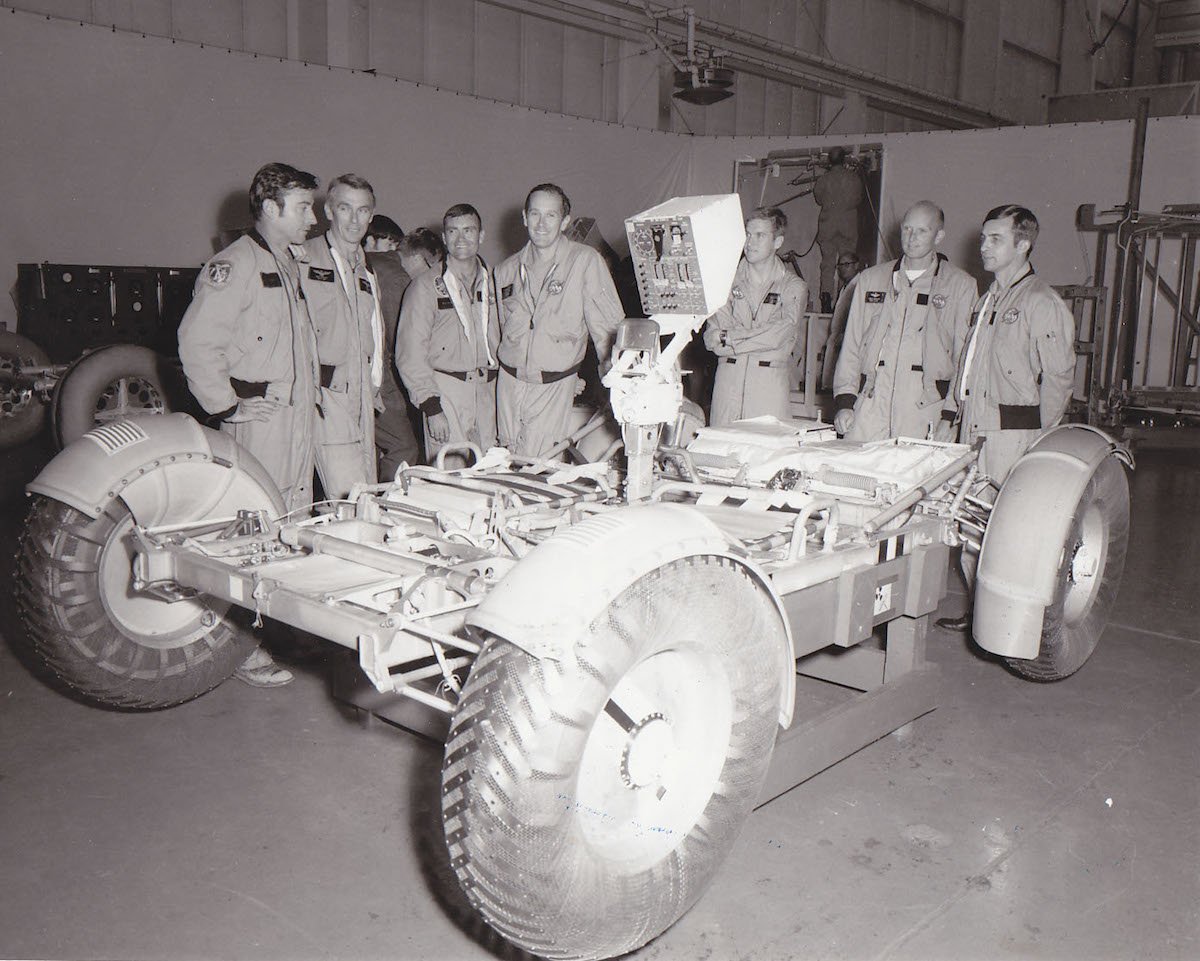
Popularised (slightly) by an appearance in the @andywier film The Martian. This pic shows the lead character Mark Watney lifting Sojourner onto his vehicle next to the collected pathfinder lander.
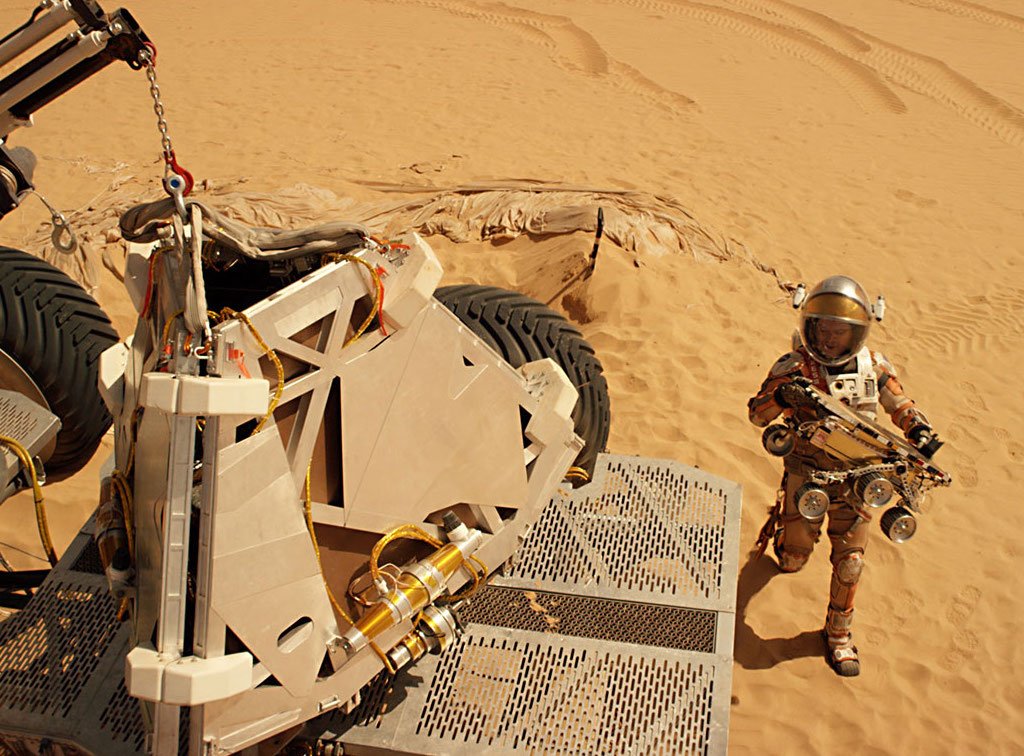
Spirit make an exciting observation on 10th march 2005 when it catches footage of a Martian dust devil.
Scientists subsequently acknowledged that this may have inadvertently swept the solar panels clean extending mission.
On 1st may 2009, Spirit becomes bogged in an area of soft soil.
@Nasa JPL begins a “Free Spirit” campaign
Despite months of attempts to move the it, a harsh martian winter and the rovers inability to clean its panels resulted in communication loss on 22nd March 2010.

Very close to this impact crater, Opportunity later found the first meteorite on mars – a large iron nickel #meteorite nicknamed “Heat Shield Rock”.
It was more formally named the Meridiani Planum meteorite.
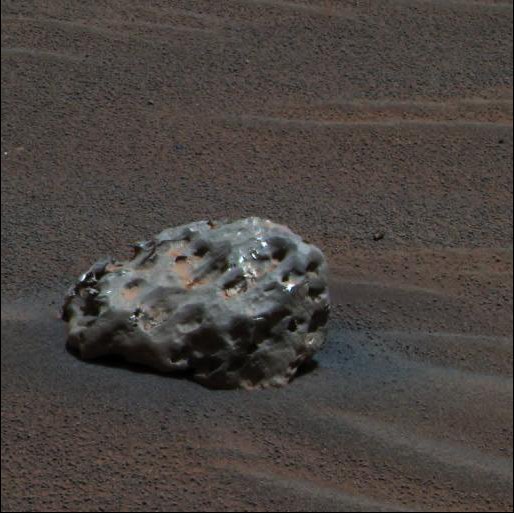
The Mars Science Laboratory (of which Curiosity was a part) was launched from Cape Canaveral on 26th Nov 2011 aboard a @ulalaunch Atlas V rocket.
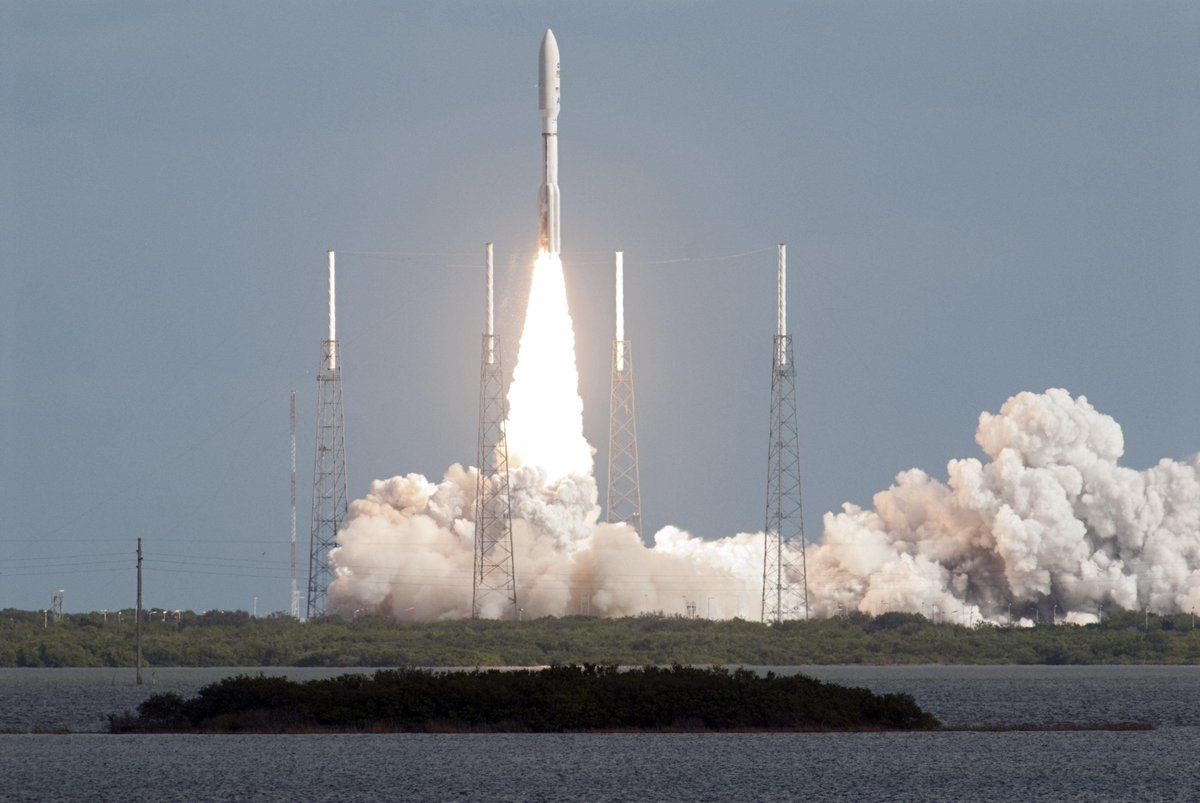
The latest rover mission to another celestial body goes one step further with @JAXA_en’s Hayabusa2 mission which arrived at asteroid 162173 Ryugu.
Two rovers (A & B) inside the first of two Minerva II containers successfully landed on the asteroid surface.
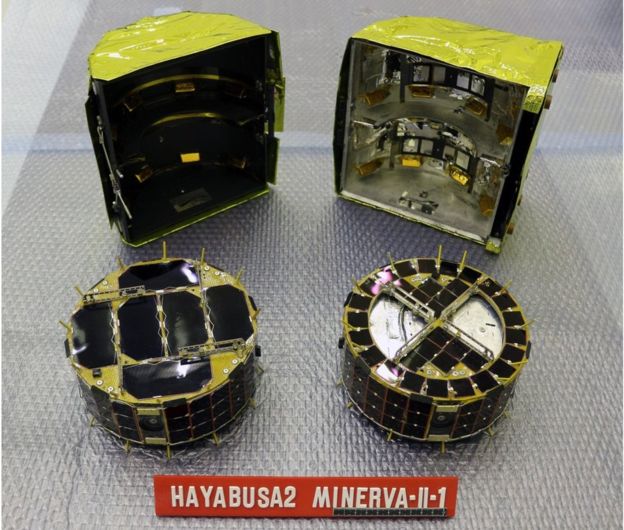
The @ESA_ExoMars rover is a planned robotic Mars rover scheduled for launch in July 2020.
It will be a joint mission between @ESA and @Roscosmos
the solar powered rover operate a seven-month mission to search for the existence of past life on Mars.
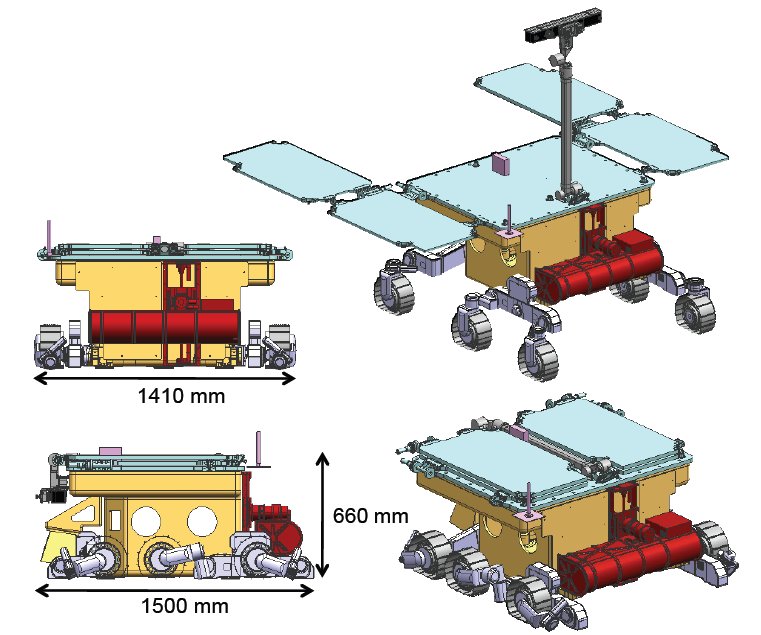
Mars 2020 is an unnamed Mars rover mission by @NASA also with a planned launch in July 2020. With similar goals to ExoMars it will investigate the ancient biological and geological environment on Mars, and hunt for biosignatures within accessible geological materials.
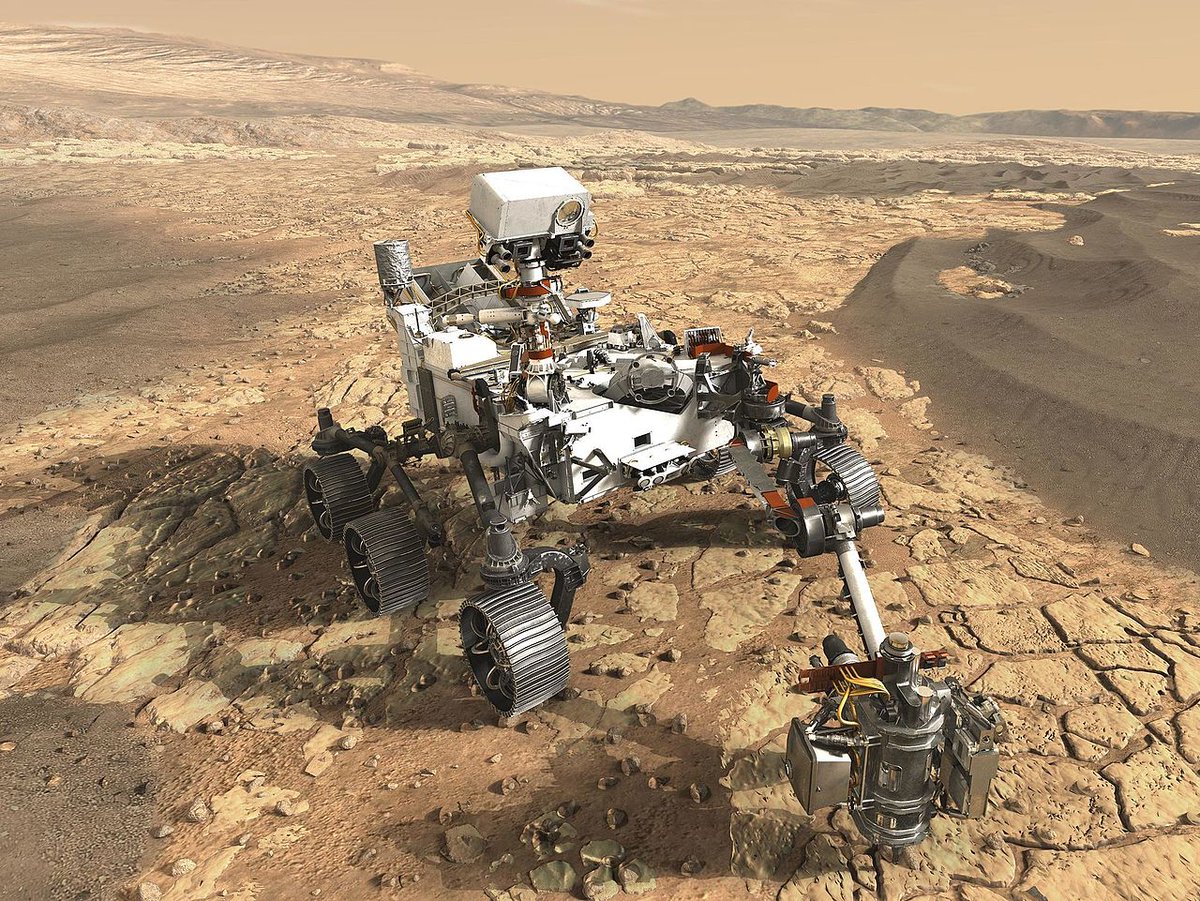
@tanyaofmars @MarsCuriosity @marsrovers @yuri_3_rover @elakdawalla @ESA_ExoMars @RoverChallenge @DiegoU @LUVMI_rover
Big thanks to @NASA @esa and @roscosmos for many of the pics used.





